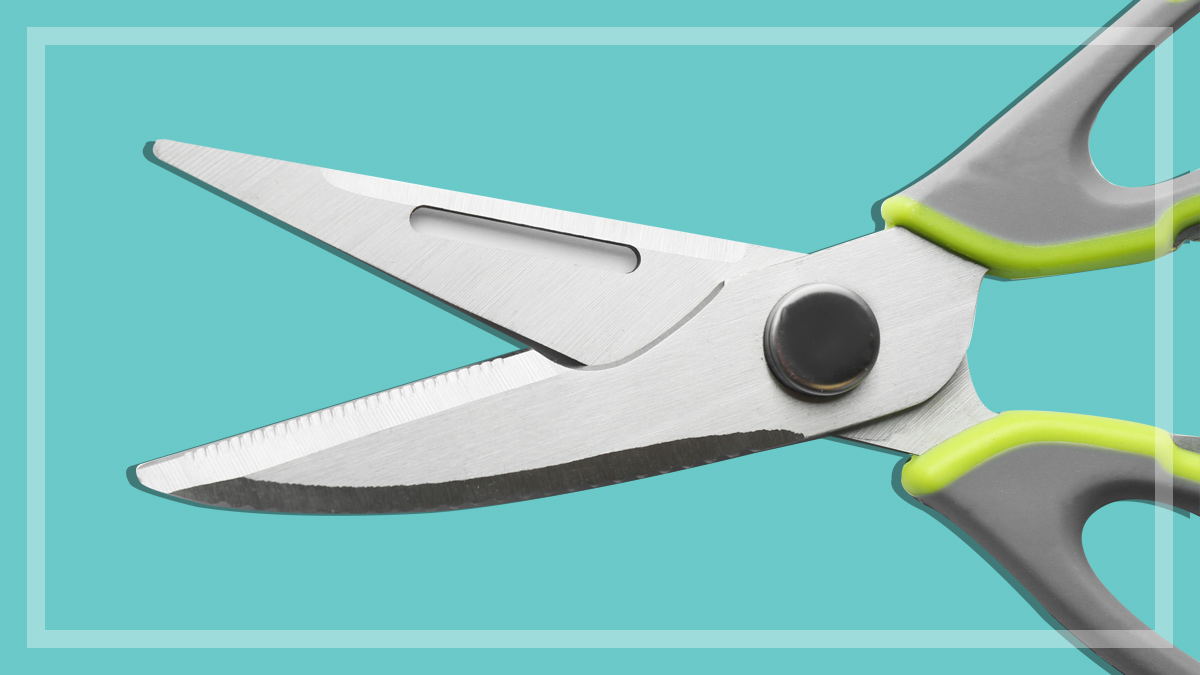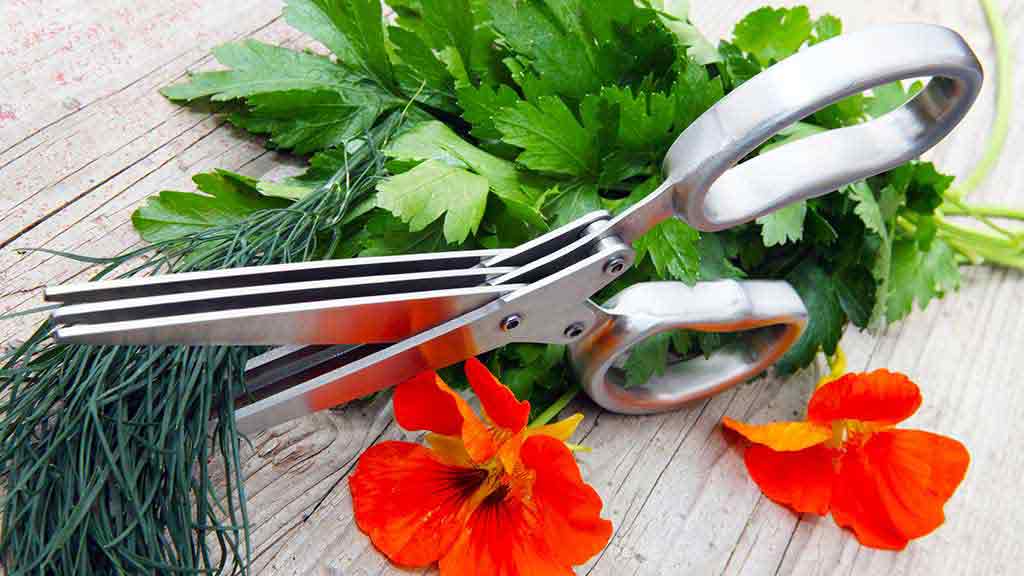Get our independent lab tests, expert reviews and honest advice.
How to buy the best kitchen shears

A good pair of kitchen shears can power through meat, gristle and bone with a clean cut. They can even cut and de-thorn your flowers, if your garden shears are having a day off. Sharp enough to snip raw vegetables, slice through bacon strips, glide through gift wrap and penetrate those annoying armour-plated packages. So how do we choose the best one?
On this page:
CHOICE no longer reviews kitchen shears and maintains it for archival purposes only.
Kitchen shears or kitchen knife?
Carving meat from the bone with a kitchen knife may blunt the blade, or you could easily slip and carve your arm instead. Since keeping safe in the kitchen is the first priority and we know they’re easy to use, for those trickier cutting jobs it’s probably worth investing in a set of shears.
Types of kitchen shears
There are two main types:
- straight-bladed multipurpose shears
- poultry shears with curved blades, to allow easier cutting around bones and hard-to-reach places.
People with weak hands or wrists should look for large, comfortable, soft handles with grips or loops that accommodate all your fingers so you can use your whole hand to apply force, and a spring-loaded mechanism so the shears open by themselves.

What to look for
- Solid construction and good balance, with few crevices where food can accumulate.
- Smooth action, the shears should open and close with little effort.
- Handles should fit your hand comfortably. If they’re too small, they’ll reduce your control and force.
- They should be non-slip — plastic or rubber handles tend to be best for this — otherwise it can be difficult to apply force when cutting chicken bones or other tough material.
- A bone notch on one blade helps grip poultry bones or flower stems for easier cutting.
- A lock is useful on spring-loaded models to hold the blades safely closed.
- A tightening mechanism, such as a bolt, can help keep the blades closely aligned.
- Blades should be well-aligned and sharp – but don’t check with your fingers! Make sure they meet cleanly as you close them. Short blades can make cutting more difficult as you can’t get a long stroke.
- Pull-apart shears that separate into two parts for easy cleaning.
- Other optional features can include bottle and jar openers, a nutcracker, herb stripper, or screwdriver head.
Looking after your shears
- Store them in a knife block or wrapped in a cloth or sheath, to protect the blades.
- Don’t put them in a dishwasher, some are labelled as dishwasher safe, but even then, hand cleaning can be preferable.
- Good-quality blades can be resharpened with a steel or by a professional.
Cost
Kitchen shears can cost anywhere from $10 to $100.





